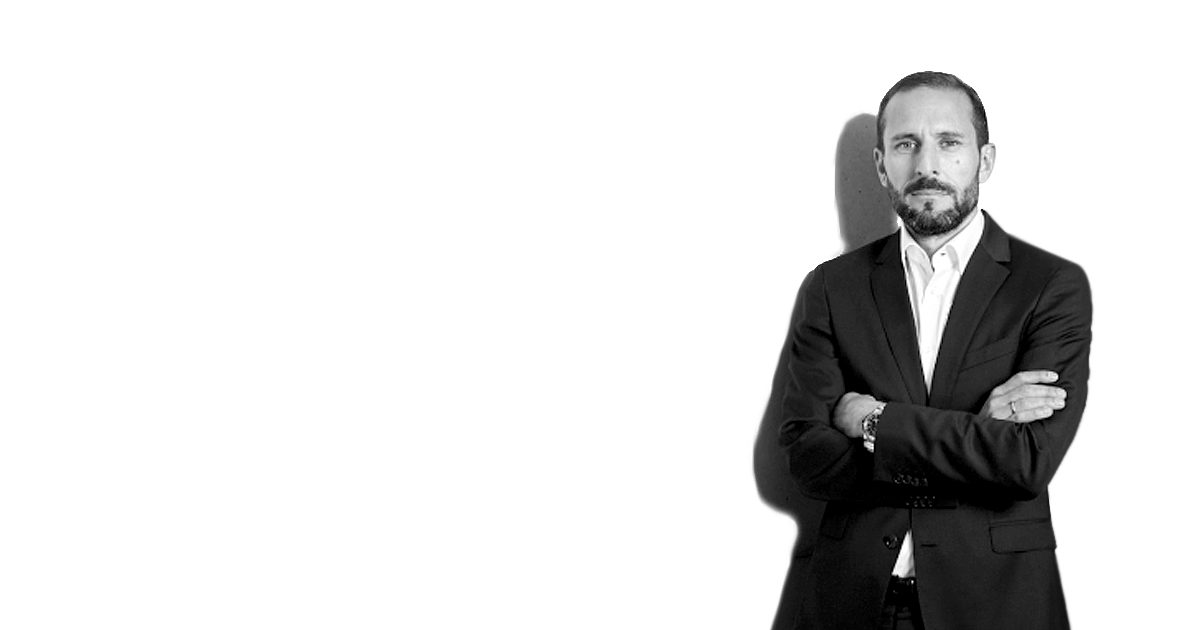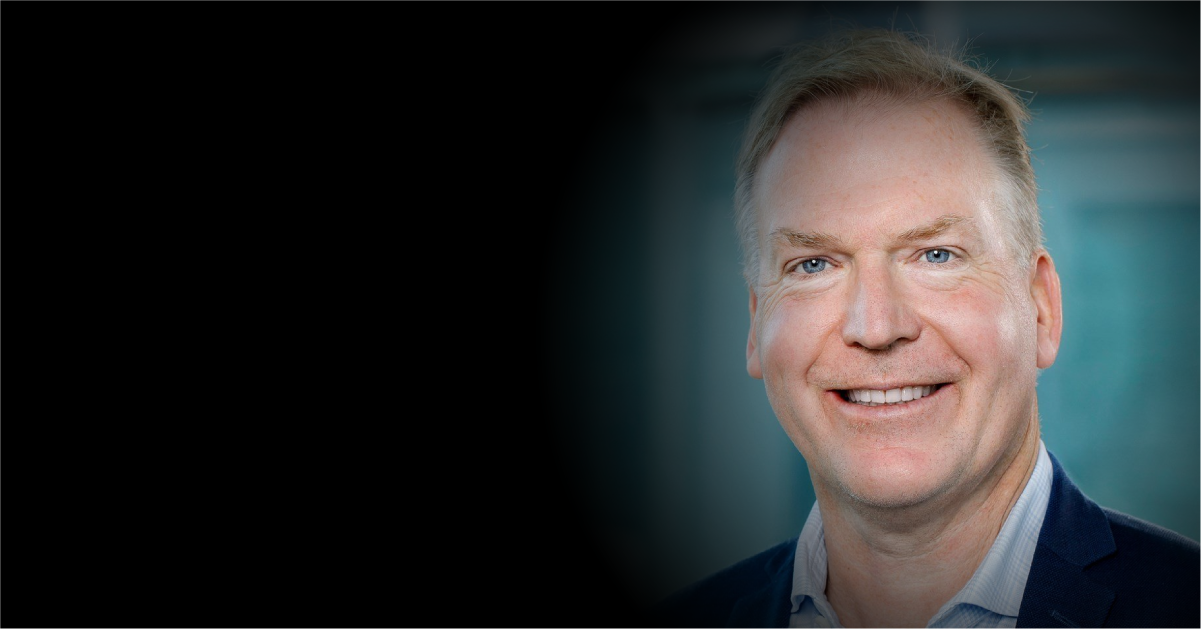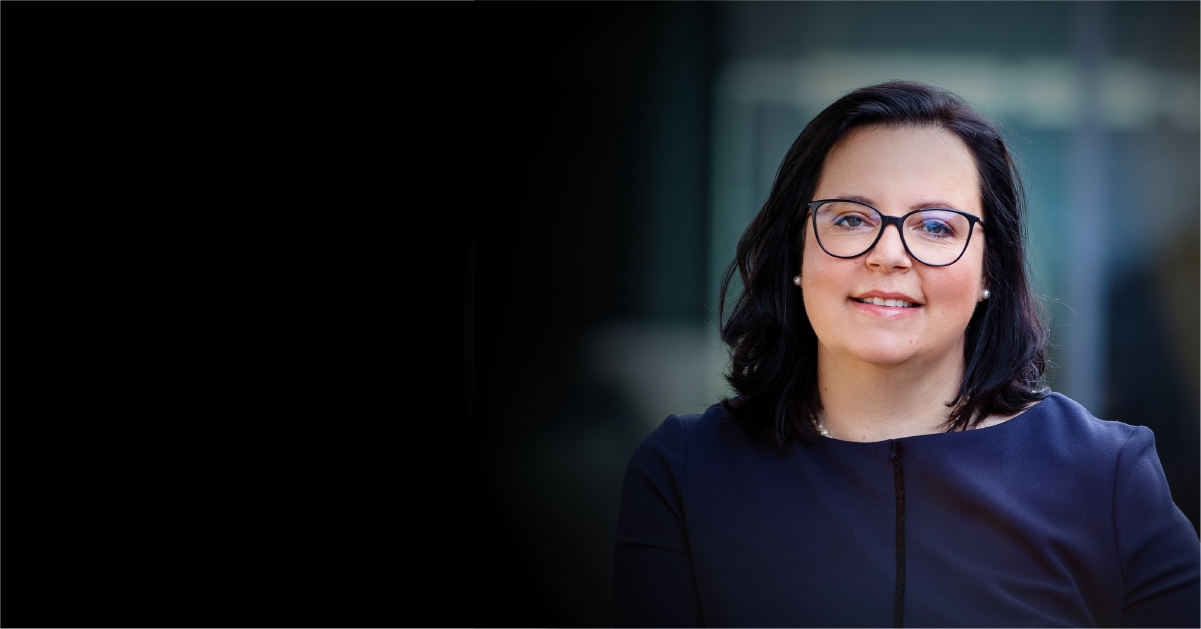One of the keys to achieving success in the retail industry is to adopt a data-centric approach to make educated, fact-based decisions for customer satisfaction, better return on investments, and having an overall better retail experience. However, with only 16% of retailers considering themselves experts in data harnessing, it’s clear that retailers are still behind in fully utilizing the power of data.
As the Vice President of Distribution & Real Estate for Swarovski Corporation AG, Jochen Schmidt shares with us his insights on embracing the digital transformation, the need for clean and reliable data, and why talents are the key enablers for data-driven retailers.
Embracing Digital Transformation and Abandoning Legacy Systems
The value of digitization has increased significantly in the last few years due to the pandemic with digital transformation efforts for retailers focusing more on improving the overall customer experience, becoming more agile, and providing better collaboration within the supply chain.
With the global digital transformation market expected to reach 388.51 billion by 2026, Schmidt shares his insights on what challenges await retail leaders that have yet to embrace digital transformation and how they overcome and abandon legacy systems.
What are the challenges for retailers to fully embrace digitalization?
The challenges might be different from organization to organization. Larger retailers with a global footprint have the challenge of overcoming legacy systems, which is a hurdle. Others might face challenges in resources or strategic priority and the speed for implementation of the transformation. That can be a real challenge because the world is evolving so fast and COVID brought an acceleration into it.
Swarovski operates in more than 100 countries and has legal entities in more than 30 countries. The challenge for us, which goes along with the speed of transformation, is the need to relate with local laws, to adjust processes and systems, depending on the country. It’s not like you just push a button and roll things out on a global scale. There is a complexity which comes with operating in different countries.
So, think “speed”, whether the systems in place today correlate with each other, and the complexity with different legislation through different countries.
Legacy remains a challenge for retailers. How can retail leaders encourage their organizations to abandon legacy systems?
It’s just a matter of priorities, providing the right funds and the right resources. When given the funds and resources, then every organization can move towards abandoning legacy systems. If there is no investment into IT infrastructure, then there won’t be any movement.
Essentially, it starts with the willingness to invest and the need to invest is understood by the management. And it is what Swarovski has done in the past. where we released budget to significantly invest into our systems to upscale online and bring systems together.
This is the starting point. You then bring the different teams, the organization behind it, have change driven by the leaders of every department, create transparency, create understanding, and have one joint vision of where you want to go. So, a good game plan and change management is needed.
Cleaning Up the Data and The Key Enablers for Data Utilization
Data is the fuel that drives the decision-making process for organizations. In the journey towards becoming a data-driven organization, retail leaders will have to understand and prepare for the major hurdles along the way.
Whether it’s ensuring that there is clean and reliable data to power a better decision-making process or utilizing data effectively with the right tools and people, Schmidt highlights the necessary foundations for data-driven organizations.
What hurdles do Swarovski and other retailers face in their journey to become a data-driven organization?
One of the key elements for Swarovski was to clean up our internal data. When Swarovski started working with data, we also saw the need to improve the quality of data, as some of the fields were not maintained properly. And we have not been paying attention to data quality over the last couple of years as much as we should have, which affected how we used data.
And to be honest, this was one of the key hurdles of data. That partially was just not updated and maintained. When it comes to third-party data from external sources, it was the same thing. There is a need to double-check if the data is clean and whether it makes sense to use it in a certain way. Here, it comes down to the people who work with the data itself, who process the data, and how they need to have an eye on data quality both internally and externally. There needs to be a process set up to ensure data quality and bring the organization behind this idea.
That’s the first step. You need to have your data checked, and once you have that, you need to have the right team. The experts that can work with this huge amount of data, make it readable, make it understandable for the people in the business and create an outcome that is understandable and allows you to act on it.
In terms of data adoption, what initiatives or strategies should retailers adopt? What can others learn from Swarovski’s approach to data utilization?
One of the key elements we work with quite a lot is GIS, Geo Intelligence Software tool. This strong partnership helps to understand the technical capabilities of the software, brainstorm with externals (without being influenced by internal structures) It basically helps us to make the most out of the system, learn and adopt fast.
This tool makes data more tangible when it comes to geographics, store locations, to let us see the correlation between offline and online sales, develop distribution masterplans from it, and see consumer data and identify the market potential.
As well as bringing “live” data to see consumer behaviours on a local level. This approach is very changeable because you can, for example, specify your data such as for the US on a county-level or a double digital postal code in Europe.
Attracting Talents and Transitioning into a Data-Driven Organization
As the demand for talents in data science continues to rise, retail leaders will have to find ways to attract better talents to handle the immense volume and complexity of data available effectively as they transition into becoming a data-driven organization.
“Another enabler is having the right people in your organization. I always say, if you want to play Champions League, you need to have the best players. A company needs to attract the best talents to be able to make best use of the data available and set the right action.”
For Schmidt, the strategies for attracting talents do not have to be complicated and the main priority for retail leaders in becoming data-centric should always come back to the main foundations of clear governance, data, resources, and the deployment of talent.
“Once you have the right people brought together, you can see the difference in results. There’s so much movement, but also the quality of the outcome is so good. Having the right people in place is a key pillar of the strategy because someone needs to process the data and work with the data.”
How should organizations approach nurturing and attracting talent in data science? What initiatives or strategies should retailers push for?
I think what organizations can do is to provide a good workplace, culture, leadership, and have good employer branding. Having an attractive location, or an attractive working environment that also provides a good package for the people that lets you tap into those highly talented people and attract them into our industry. Make them understand the bigger picture, their contribution to the overall strategy, and let them do their job.
The retail industry isn’t known for that background in working with huge data whereas other industries are more advanced in terms of data talent. But I think retail is such an exciting industry and there are really cool brands out there that want to work with data.
If you provide the right work environment, good scope of responsibilities, and make work fun with the other teams. Not just purely data crunching stuff, because we sometimes forget how isolated working with data can be. Make it fun to work cross-departmental and celebrate successes together.
What should be the priority for retailers transitioning into a data-driven organization? What pitfalls or mistakes should they avoid?
Again, I would repeat and emphasize getting the data right. That is one of the first things your organization needs to focus on. Have an internal assessment of where you are and fix it if there is something to fix. And trust me, we found topics to fix.
The second is to define the processes and structures that works on a central level through all the necessary departments with clear roles and responsibilities. Then kick off with a strong external partner and talents to define the main topics you want to solve. If done in the wrong order, you process data, but you maybe won’t be able to draw conclusions.
Another pitfall that organizations need to be aware of is to provide the right resources. Compiling data is the first step, step two is to make the data understandable, actionable and visualize it. And to do that, you need to allow resources for your people to work with the data. It’s a time investment where you need to have people quantify, qualify, and draw conclusions out of the data. If you don’t provide the resources to understand the data, you’ll just wade through endless data with no action.
I’m involved in a project where we work with heavy data and when the team is provided a fantastic tool to work with, we also need to make sure that people in the field have time to work with it and get the actions from it. Otherwise, you have this fantastic tool but you’re not able to get the benefits out there if your team does not have the time to work with it. So, I would say it’s about providing the time, the right resources in the field, to work with the data and earn your return on investment.











